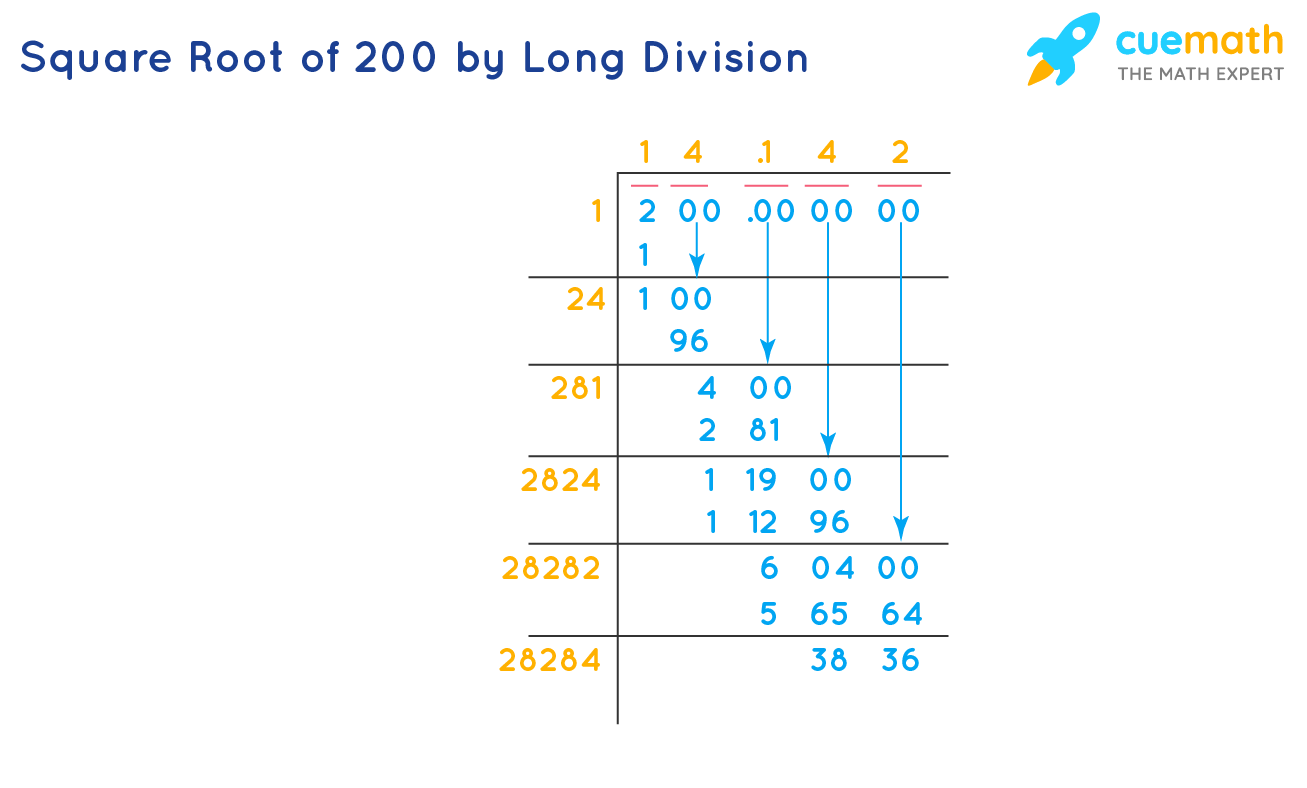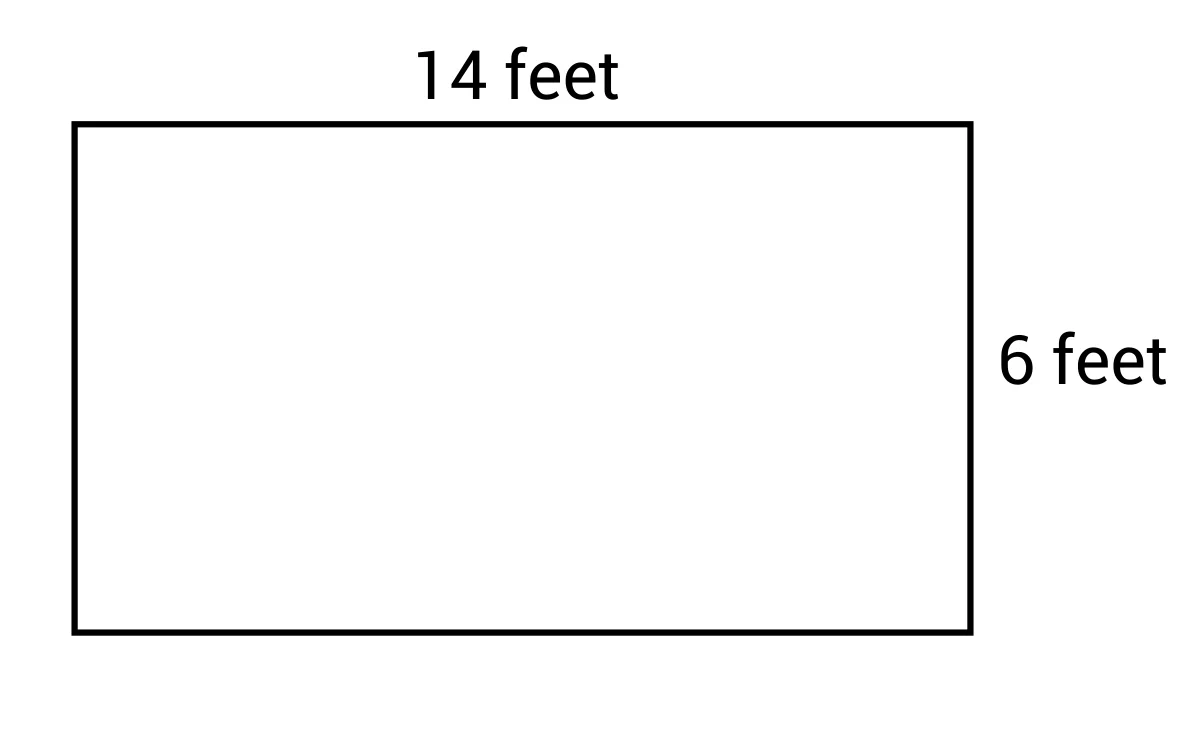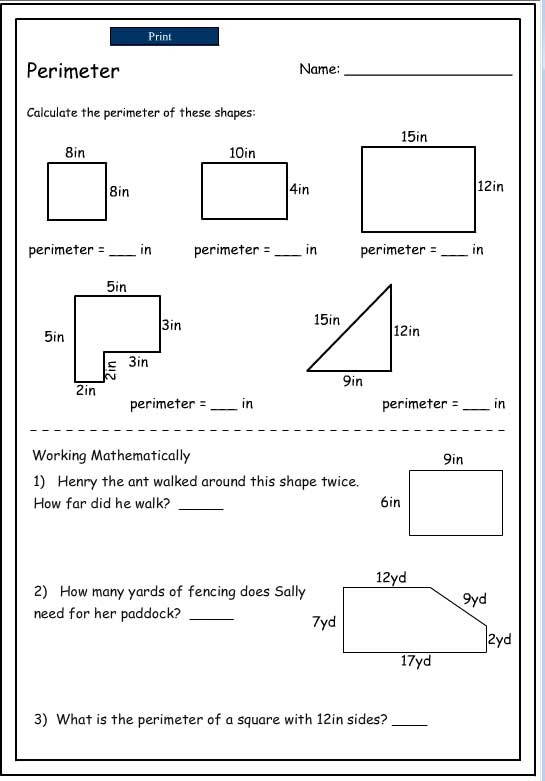Topic simplify the square root of 200: Simplifying the square root of 200 is easier than you might think! In this article, we will walk you through the steps to break down √200 into its simplest form. Whether you are a student or just curious, our guide will help you master this mathematical concept with ease and confidence.
Table of Content
- Simplifying the Square Root of 200
- Introduction to Square Roots
- Understanding the Concept of Simplifying Square Roots
- Prime Factorization Method
- Long Division Method
- Radical Form Explanation
- Steps to Simplify the Square Root of 200
- Examples and Practice Problems
- Common Mistakes and Tips
- Applications of Square Roots in Real Life
- YOUTUBE:
Simplifying the Square Root of 200
Simplifying the square root of 200 involves finding the prime factors of 200 and using them to simplify the expression. Here is a step-by-step guide:
Step 1: Find the Prime Factors of 200
First, we need to determine the prime factors of 200. We can do this by dividing 200 by the smallest prime numbers:
- 200 is even, so divide by 2: \( 200 \div 2 = 100 \)
- 100 is even, so divide by 2: \( 100 \div 2 = 50 \)
- 50 is even, so divide by 2: \( 50 \div 2 = 25 \)
- 25 is not even, so divide by 5: \( 25 \div 5 = 5 \)
- 5 is a prime number, so divide by 5: \( 5 \div 5 = 1 \)
Thus, the prime factorization of 200 is \( 2 \times 2 \times 2 \times 5 \times 5 \), or \( 2^3 \times 5^2 \).
Step 2: Pair the Prime Factors
Next, we look for pairs of prime factors because pairs can be simplified out of the square root:
- There are three 2s: \( 2^3 \) can be written as \( 2^2 \times 2 \)
- There are two 5s: \( 5^2 \)
Step 3: Simplify the Expression
We can now simplify the square root expression by taking the square root of the pairs of prime factors:
- The square root of \( 2^2 \) is 2
- The square root of \( 5^2 \) is 5
- The remaining 2 stays inside the square root
So, we have:
\[ \sqrt{200} = \sqrt{2^3 \times 5^2} = \sqrt{2^2 \times 2 \times 5^2} = \sqrt{2^2} \times \sqrt{5^2} \times \sqrt{2} = 2 \times 5 \times \sqrt{2} = 10\sqrt{2} \]
Final Answer
Therefore, the simplified form of the square root of 200 is:
\[ \sqrt{200} = 10\sqrt{2} \]

READ MORE:
Introduction to Square Roots
The concept of square roots is fundamental in mathematics, involving the process of finding a number that, when multiplied by itself, gives the original number. This introductory section will explain what square roots are, how they are represented, and provide a basic understanding to prepare you for more complex operations involving square roots.
Mathematically, the square root of a number \( n \) is written as \( \sqrt{n} \). The number under the square root symbol is called the radicand. For example, \( \sqrt{200} \) is the square root of 200. Simplifying square roots involves finding the simplest radical form, which makes the radicand as small as possible while keeping the number under the radical a whole number.
There are several methods to simplify square roots, including prime factorization and the long division method. Understanding these methods will help you handle square roots more efficiently.
- Prime Factorization: Breaking down the number into its prime factors to simplify the square root.
- Long Division Method: Using division to find the square root of a number, especially useful for large numbers.
For instance, simplifying \( \sqrt{200} \) through prime factorization involves finding the prime factors of 200, which are 2 and 5:
- List the prime factors: \( 200 = 2 \times 2 \times 2 \times 5 \times 5 \)
- Group the factors into pairs: \( (2 \times 2) \times (5 \times 5) \times 2 \)
- Take the square root of each pair: \( \sqrt{2 \times 2} \times \sqrt{5 \times 5} \times \sqrt{2} = 2 \times 5 \times \sqrt{2} \)
- Combine the results: \( 10 \sqrt{2} \)
This gives the simplified form of \( \sqrt{200} \) as \( 10 \sqrt{2} \). By understanding and applying these techniques, you can simplify any square root effectively.
Understanding the Concept of Simplifying Square Roots
Simplifying square roots involves expressing the square root in its simplest form. This process requires breaking down the number inside the square root into its prime factors and then simplifying it by grouping pairs of the same number.
Here are the steps to understand and simplify square roots:
- Identify the Prime Factors: Determine the prime factors of the number inside the square root. For example, the prime factors of 200 are 2, 2, 2, 5, and 5.
- Group the Prime Factors: Group the prime factors into pairs. In this case, 200 can be expressed as 2 × 2 × 2 × 5 × 5. Grouping them, we get (2 × 2) and (5 × 5).
- Simplify the Square Root: For each pair of prime factors, take one number out of the square root. The square root of (2 × 2) is 2, and the square root of (5 × 5) is 5. Therefore, √200 simplifies to 2 × 5 √2.
The simplified form of the square root of 200 is:
$$ \sqrt{200} = 10\sqrt{2} $$
This simplification is based on the property of square roots which states that the square root of a product is equal to the product of the square roots. Hence, \( \sqrt{200} = \sqrt{100 \times 2} = \sqrt{100} \times \sqrt{2} = 10\sqrt{2} \).
Prime Factorization Method
The prime factorization method is an effective technique to simplify the square root of a number by breaking it down into its prime factors. Here is a detailed step-by-step explanation of how to simplify the square root of 200 using this method:
-
Find the prime factors of 200:
Prime factorization of 200 is:
\( 200 = 2 \times 2 \times 2 \times 5 \times 5 \)
-
Group the prime factors into pairs:
We group the factors in pairs where possible:
\( 200 = (2 \times 2) \times (5 \times 5) \times 2 \)
-
Take one factor from each pair:
From each pair of prime factors, we take one factor out:
\( \sqrt{200} = \sqrt{(2 \times 2) \times (5 \times 5) \times 2} \)
Since \( \sqrt{a \times a} = a \), we can simplify it as:
\( \sqrt{200} = 2 \times 5 \times \sqrt{2} \)
-
Multiply the factors outside the square root:
Finally, we multiply the numbers outside the square root:
\( 2 \times 5 = 10 \)
So, \( \sqrt{200} = 10\sqrt{2} \)
Therefore, the square root of 200 in its simplest radical form is:
\( \sqrt{200} = 10\sqrt{2} \)
Long Division Method
The Long Division Method is a systematic way to find the square root of a number. Here's a step-by-step guide to simplify the square root of 200 using this method:
-
Setup: Write the number 200 as 200.000000 and pair the digits from right to left:
[2][00][00][00]. The first group is 2. -
First Division: Find the largest integer whose square is less than or equal to 2. The integer 1 fits because
1^2 = 1. Place 1 as the quotient.- Subtract
1from2, leaving a remainder of1. - Bring down the next pair of zeros, making the new dividend
100.
- Subtract
-
Update Divisor: Double the quotient (1) to get
2and append a digit to form a new divisor20X. FindXsuch that20X × Xis as close to 100 as possible without exceeding it.24 × 4 = 96fits well. Place4in the quotient next to1, making it14.- Subtract
96from100, giving a remainder of4. Bring down the next pair of zeros, resulting in a new dividend of400.
-
Third Division: Double the current quotient (14) to get
28. Form a new divisor as280X, and findXsuch that280X × Xis as close to 400 as possible.281 × 1 = 281fits well. Place1in the quotient, making it141.- Subtract
281from400, leaving a remainder of119. Bring down the next pair of zeros to form a new dividend of11900.
-
Continue the Process: Double the current quotient (141) to get
282. Use282Xto findXsuch that282X × Xfits into11900. Continue this process iteratively, refining the quotient until the division stabilizes or reaches the desired number of decimal places. -
Result: The process results in a quotient of approximately
14.142, which is a close approximation of the square root of200.

Radical Form Explanation
The square root of a number in its simplest form is known as the radical form. For the square root of 200, we will find its radical form by breaking it down into its prime factors and then simplifying.
To simplify the square root of 200, we start with its prime factorization:
\[ 200 = 2 \times 2 \times 2 \times 5 \times 5 \]
Grouping the prime factors into pairs gives us:
\[ 200 = (2 \times 2) \times (5 \times 5) \times 2 \]
We can take the square root of each pair:
\[ \sqrt{200} = \sqrt{(2 \times 2) \times (5 \times 5) \times 2} = \sqrt{2^2 \times 5^2 \times 2} \]
Simplifying further, we extract the pairs from under the square root:
\[ \sqrt{200} = 2 \times 5 \times \sqrt{2} = 10\sqrt{2} \]
Thus, the radical form of the square root of 200 is:
\[ \sqrt{200} = 10\sqrt{2} \]
This form is often preferred in mathematics because it is the simplest way to express the square root of a number, showing both the integer and irrational parts clearly.
To summarize:
- Find the prime factorization of the number.
- Group the factors into pairs.
- Take the square root of each pair and simplify.
The square root of 200 in radical form is \(10\sqrt{2}\).
Steps to Simplify the Square Root of 200
To simplify the square root of 200, follow these detailed steps:
-
Prime Factorization: Start by breaking down 200 into its prime factors.
\[
200 = 2 \times 100 = 2 \times 2 \times 50 = 2 \times 2 \times 2 \times 25 = 2^3 \times 5^2
\] -
Pairing the Factors: Group the prime factors into pairs.
\[
200 = (2^2) \times (5^2) \times 2
\] -
Simplify the Square Root: Take one factor from each pair out of the radical.
\[
\sqrt{200} = \sqrt{(2^2) \times (5^2) \times 2} = 2 \times 5 \times \sqrt{2} = 10 \sqrt{2}
\] -
Final Result: The simplified form of the square root of 200 is:
\[
\boxed{10 \sqrt{2}}
\]
This step-by-step process ensures that you correctly simplify \(\sqrt{200}\) to its simplest radical form.
Examples and Practice Problems
Practicing simplification of square roots helps to solidify understanding and improve problem-solving skills. Here are some examples and practice problems to work through:
Example 1: Simplify \( \sqrt{50} \)
- Prime factorize the number under the square root: \( 50 = 2 \times 5 \times 5 \)
- Group the prime factors into pairs: \( 50 = (5 \times 5) \times 2 \)
- Take one number out of each pair: \( \sqrt{50} = 5\sqrt{2} \)
So, \( \sqrt{50} = 5\sqrt{2} \).
Example 2: Simplify \( \sqrt{72} \)
- Prime factorize the number under the square root: \( 72 = 2 \times 2 \times 2 \times 3 \times 3 \)
- Group the prime factors into pairs: \( 72 = (2 \times 2) \times (3 \times 3) \times 2 \)
- Take one number out of each pair: \( \sqrt{72} = 2 \times 3 \sqrt{2} \)
So, \( \sqrt{72} = 6\sqrt{2} \).
Example 3: Simplify \( \sqrt{200} \)
- Prime factorize the number under the square root: \( 200 = 2 \times 2 \times 2 \times 5 \times 5 \)
- Group the prime factors into pairs: \( 200 = (2 \times 2) \times (5 \times 5) \times 2 \)
- Take one number out of each pair: \( \sqrt{200} = 2 \times 5 \sqrt{2} \)
So, \( \sqrt{200} = 10\sqrt{2} \).
Practice Problems
- Simplify \( \sqrt{32} \)
- Simplify \( \sqrt{75} \)
- Simplify \( \sqrt{98} \)
- Simplify \( \sqrt{150} \)
- Simplify \( \sqrt{288} \)
Use the steps outlined in the examples to solve these practice problems. Check your work by ensuring that all pairs of prime factors have been correctly taken out of the square root, and the remaining numbers inside the radical are not perfect squares.
Common Mistakes and Tips
Simplifying the square root of 200 can be tricky, and there are several common mistakes that students often make. Here are some tips to help avoid these pitfalls and ensure accuracy:
-
Incorrect Prime Factorization:
One common mistake is not correctly identifying the prime factors of the number. For example, the prime factorization of 200 is \(2 \times 2 \times 2 \times 5 \times 5\), which can be grouped as \(2^3 \times 5^2\). Always double-check your prime factorization.
-
Forgetting to Pair Factors:
When simplifying square roots, remember to pair identical factors. For \(200\), pair the \(2\)s and \(5\)s: \( \sqrt{200} = \sqrt{2^2 \times 2 \times 5^2} = 2 \times 5 \sqrt{2} = 10\sqrt{2}\).
-
Misplacing the Radical Sign:
Another common error is placing the radical sign incorrectly in the final answer. Ensure that the radical sign is correctly applied to the remaining factor. For \( \sqrt{200} \), the simplified form is \( 10\sqrt{2} \), not \( 10\sqrt{20} \) or any other incorrect variant.
-
Misinterpreting the Final Form:
Students sometimes misinterpret the final simplified form. \(10\sqrt{2}\) is the simplest radical form of \(\sqrt{200}\). Be sure to recognize and stop at the correct simplified form without unnecessary further calculations.
Tips for Simplifying Square Roots:
-
Use Prime Factorization:
Always start by finding the prime factors of the number. This helps in identifying pairs and simplifying the square root efficiently.
-
Group the Factors:
Group the prime factors in pairs to move them out of the radical sign. For example, \( \sqrt{200} = \sqrt{2^3 \times 5^2} = 10\sqrt{2} \).
-
Practice Regularly:
Regular practice helps in recognizing patterns and improving accuracy. Work on different problems to gain confidence.
-
Double-Check Your Work:
Always recheck your factorization and the final simplified form to avoid any mistakes.
By avoiding these common mistakes and following these tips, you can simplify square roots accurately and efficiently.

Applications of Square Roots in Real Life
Square roots play a crucial role in various real-life applications across different fields. Here are some key examples:
-
Engineering and Architecture:
Square roots are essential in applying the Pythagorean theorem to calculate distances and lengths in construction and design. For example, finding the diagonal support in a right-angled structure requires the use of square roots.
-
Finance:
In finance, square roots are used to calculate the rate of return on investments over time. The formula involves the square root to determine the compound interest over periods.
-
Physics:
Square roots are used to solve equations involving physical laws and principles. For instance, calculating the speed of an object under constant acceleration may require the use of square roots.
-
Probability and Statistics:
In statistics, square roots are used in various formulas, including the standard deviation and variance. The normal distribution, a fundamental concept in statistics, also involves square roots.
-
Distance Calculations:
Square roots are crucial in determining the distance between two points in a coordinate system, both in two dimensions (2D) and three dimensions (3D). This is widely used in fields such as computer graphics, navigation, and mapping.
-
2D Distance Formula: \( D = \sqrt{(x_2 - x_1)^2 + (y_2 - y_1)^2} \)
-
3D Distance Formula: \( D = \sqrt{(x_2 - x_1)^2 + (y_2 - y_1)^2 + (z_2 - z_1)^2} \)
-
-
Quadratic Equations:
The quadratic formula, which is used to find the roots of quadratic equations, involves square roots. This is essential in various scientific and engineering problems where quadratic equations arise.
Quadratic Formula: \( x = \frac{-b \pm \sqrt{b^2 - 4ac}}{2a} \)
Square roots are not just abstract mathematical concepts but practical tools used in everyday problem-solving across multiple disciplines.
sqrt(200), căn bậc hai của 200 đơn giản hóa
READ MORE:
Video hướng dẫn chi tiết về cách tính và đơn giản hóa căn bậc hai của số 200. Phù hợp cho những ai muốn hiểu rõ hơn về toán học cơ bản.
Square Root 200 - Hướng Dẫn Chi Tiết












